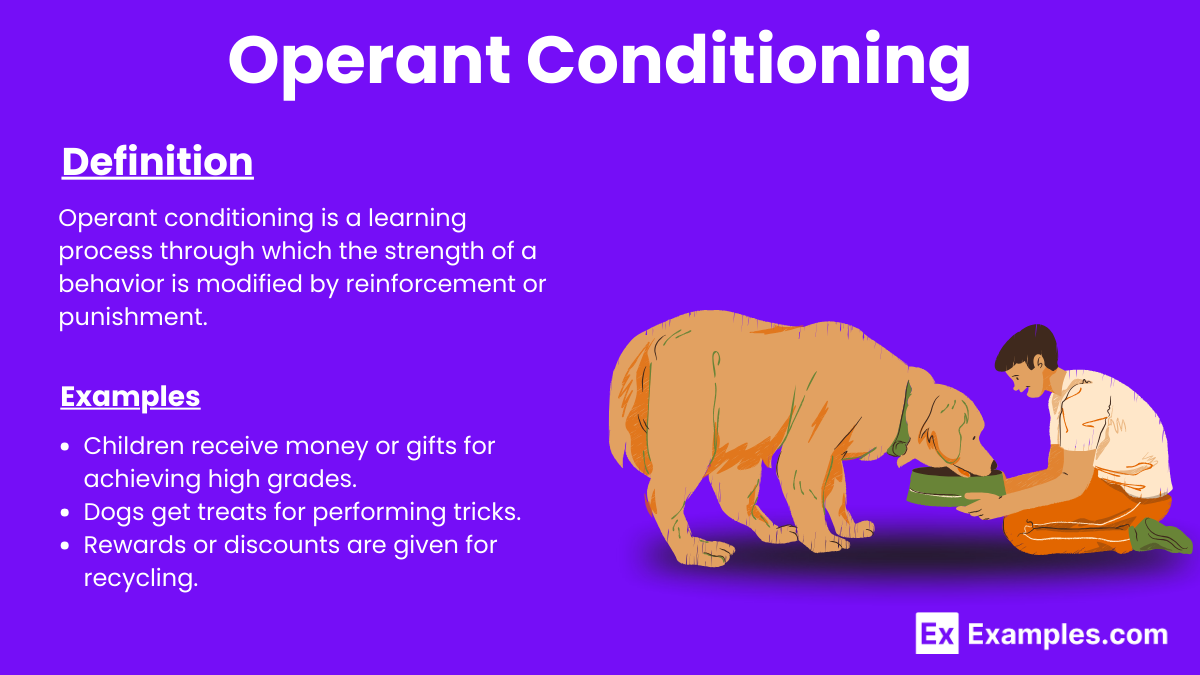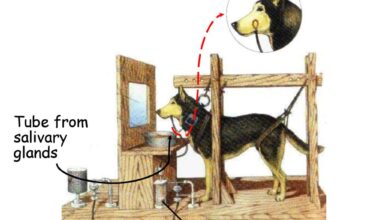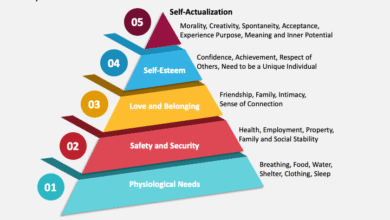Operant Conditioning: Learning Through Consequences

On a chilly morning in the 1940s, psychologist B.F. Skinner stood in his lab, gazing at a peculiar invention—what would later be known as the Skinner Box. Inside, a hungry rat sniffed around, unaware that every movement was about to shape the very science of learning. The box contained a lever, and Skinner suspected that through trial and consequence, the rat would come to understand its significance.
Suddenly, the rat pressed the lever, and with a small click, a food pellet dropped into the chamber. A moment of hesitation followed, but soon, the rat gobbled up the reward. Something remarkable had just happened—the rat learned that pressing the lever led to food. With each successful press, it became more confident, reinforcing the behaviour.
Thus, Operant Conditioning was born—a learning process where behaviours are strengthened or diminished based on reinforcement (rewards) or punishment.
How Operant Conditioning Works
Skinner’s theory suggests that behaviour isn’t just a reaction to stimuli (as classical conditioning implies) but rather a deliberate action shaped by its consequences. There are four key types of operant conditioning:
- Positive Reinforcement – Adding a reward to increase a behaviour.
- Example: A child receives a cookie for completing homework, making them more likely to study.
- Negative Reinforcement – Removing an unpleasant stimulus to encourage behaviour.
- Example: A driver buckles their seatbelt to stop the car’s loud alarm, reinforcing safe driving.
- Positive Punishment – Introducing an unpleasant stimulus to reduce behaviour.
- Example: A student talks during class and gets extra homework, discouraging future disruptions.
- Negative Punishment – Taking away something desirable to decrease behaviour.
- Example: A teenager loses phone privileges for missing curfew, reinforcing responsibility.
Through these consequences, habits are built, behaviours are learned, and decisions are shaped.
Real-Life Applications of Operant Conditioning
Operant conditioning isn’t just an experiment in a psychology lab—it impacts nearly every aspect of daily life:
💡 Parenting & Education
- Parents use praise and rewards to encourage good behaviour.
- Teachers reinforce participation by giving points or privileges in class.
💼 Work & Productivity
- Employees work harder when promotions or bonuses are offered.
- Companies discourage tardiness through salary deductions or warnings.
📱 Technology & Social Media
- Apps reinforce engagement by providing likes and notifications when users interact.
- Gamification uses rewards (badges, achievements) to keep users invested in digital platforms.
Breaking Bad Habits with Operant Conditioning
Beyond learning new behaviours, operant conditioning helps break negative habits:
🚭 Quitting Smoking – Rewarding non-smoking behaviours with health benefits or incentives. 🍎 Eating Healthy – Tracking meals and rewarding healthy food choices. 💪 Exercise Commitment – Associating workouts with positive reinforcement, like feeling energised or tracking progress visually.
Many psychologists use Behaviour Modification Techniques to retrain minds and create lasting change.
Conclusion: Shaping Behaviour Through Consequences
Skinner’s insights revealed something profound—that learning isn’t just passive but intentional, shaped by rewards and punishments. From parenting to education, workplaces to digital experiences, operant conditioning quietly moulds our habits, guiding how we behave and respond to the world.
And to think—it all started with a hungry rat pressing a simple lever.
Would you like more examples or deeper insights into behaviour modification?



